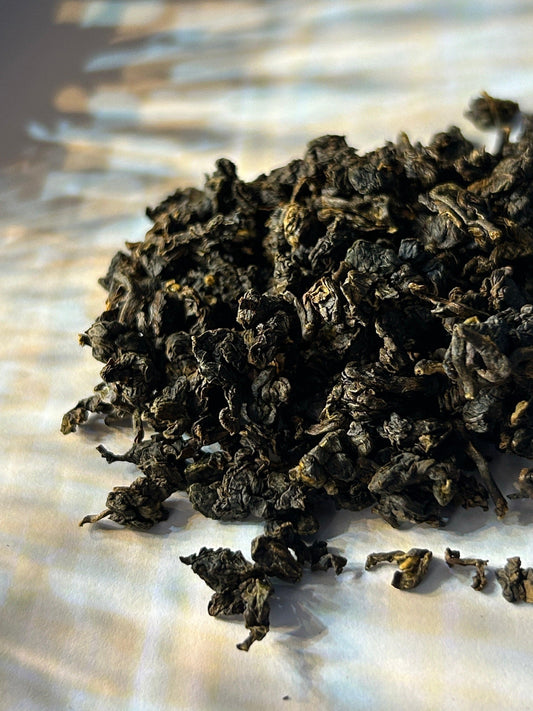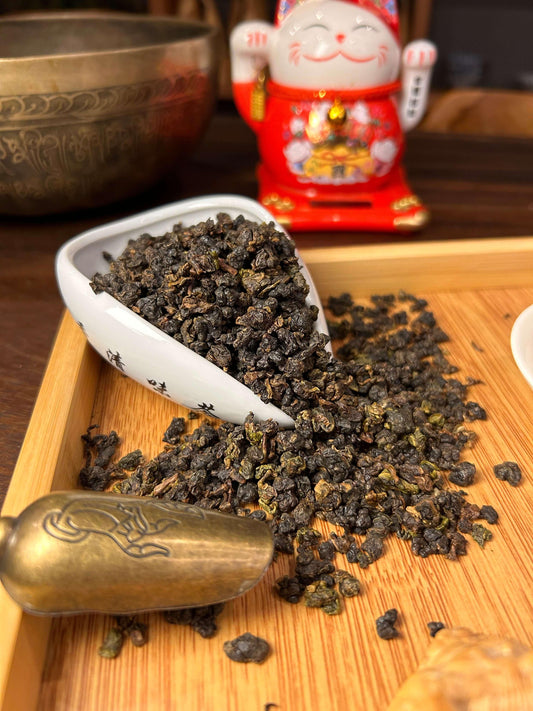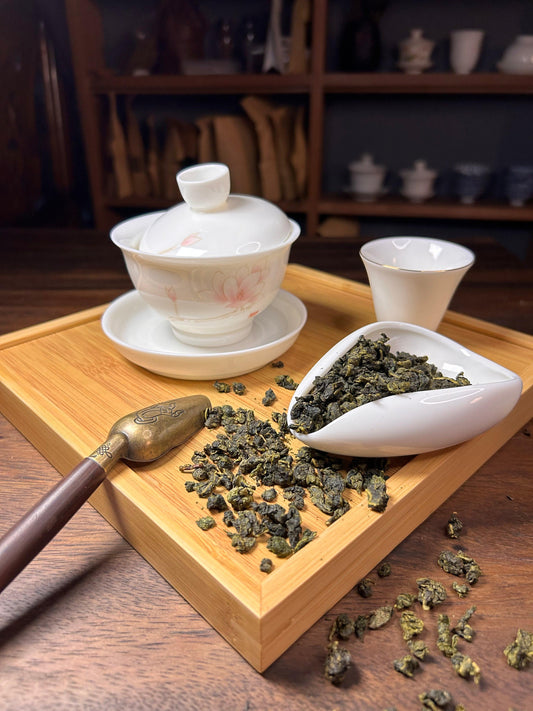In traditional Chinese tea culture, even the simplest object carries meaning.
The Cha Hai (公道杯), known as the Fairness Pitcher, is used to distribute tea evenly after brewing.
Its purpose is simple yet profound — to ensure that every guest experiences the same taste, aroma, and warmth in each cup.
The Meaning and Philosophy of Cha Hai
When preparing tea in the Gongfu Cha style, the infusion inside the teapot is rarely uniform.
The first drops may be strong, the last — lighter.
By pouring the entire brew into the Cha Hai before serving, the tea becomes balanced and harmonious.
This act is a symbol of equality and respect.
It embodies the spirit of fairness — every participant receives the same flavor, no matter where they sit.
The Cha Hai teaches that harmony in tea, as in life, begins with balance.
Materials and Forms
Cha Hai vessels are most often made of glass, porcelain, or Yixing clay.
Each material brings its own qualities to the ceremony:
- Glass — highlights the color of the infusion, ideal for green or white teas.
- Porcelain — preserves aroma and suits oolongs and GABA teas.
- Yixing clay — retains heat perfectly, revealing the depth of puerh teas.
The design is simple and practical: a rounded body, a smooth spout for even pouring, and sometimes a small handle.
Every curve is crafted to support graceful movement — calm, deliberate, and balanced.
Craftsmanship and Creation
Making a Cha Hai requires precision and experience.
Clay vessels are shaped by hand, dried, and fired at 1200–1300°C.
Many artisans engrave fine calligraphy, proverbs, or tea-inspired motifs — symbols of harmony and mindfulness.
Regions such as Yixing and Jingdezhen remain the heart of Cha Hai craftsmanship.
Some workshops have been operating for generations, passing down skills and traditions.
Masters with surnames like Zhou, He, and Xu continue to create vessels that embody the harmony of tea and art.
The Role in the Tea Ceremony
Once the tea has been brewed, it is poured into the Cha Hai before being served.
The tea master observes the color and aroma as the liquid flows — a moment of calm and concentration.
Then the tea is poured from the Cha Hai into the small cups, ensuring that every guest receives the same flavor and temperature.
This ritual represents one of the core values of Chinese tea culture: balance through sharing.
To pour tea evenly is to show respect — to offer not more, not less, but exactly enough.
Cha Hai as a Symbol of Tradition
Today, the Cha Hai remains a key element in tea ceremonies across China, Taiwan, and tea studios around the world.
It reflects the philosophy that harmony is found in small acts — balancing, sharing, equalizing.
At Gaba Tea House, we see the Cha Hai as a symbol of fairness and calm presence.
It connects the heritage of ancient tea masters with the modern appreciation of detail and grace.
Conclusion
The Cha Hai is more than a vessel — it’s where equality in flavor is born.
It embodies the balance between art and purpose, between giving and receiving.
Without it, the tea ceremony would lose its quiet center — the moment when harmony becomes visible.





